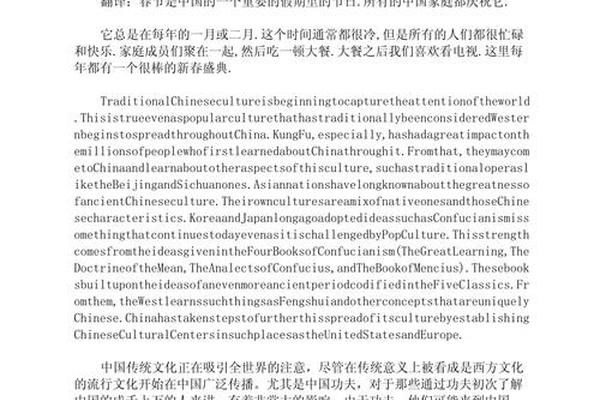Chinese Knot: A Symbol of Tradition and Culture
Chinese knots (中国结), with their intricate designs and vibrant colors, are not merely decorative items but profound symbols of China’s cultural heritage. These handwoven knots, often made from red silk, embody harmony, luck, and the wisdom of ancient craftsmanship, making them a timeless representation of Chinese values and aesthetics.
1. Historical Origins and Evolution
The art of Chinese knotting dates back thousands of years. Initially used for practical purposes, such as recording events or fastening clothing, knots gradually evolved into artistic expressions during the Tang and Song dynasties. By the Ming and Qing dynasties, they became popular decorative elements in clothing, architecture, and festivals. Historically, knots also held spiritual significance, acting as talismans to ward off evil and attract blessings.
2. Symbolism and Cultural Meaning
Each knot’s shape and color carry specific meanings:
3. Craftsmanship and Techniques
Creating a Chinese knot requires meticulous skill. Artisans use a single continuous thread, weaving it into symmetrical patterns without cuts or glue. Basic techniques include:
This process reflects the Chinese philosophy of balancing simplicity and complexity, where even the most elaborate designs originate from basic principles.

4. Role in Festivals and Modern Life
Chinese knots are deeply integrated into traditional celebrations:
Today, knots have adapted to modern trends, appearing in jewelry, car decorations, and even global fashion, bridging tradition and contemporary style.
5. Cultural Legacy and Global Influence
As a UNESCO-recognized intangible cultural heritage, Chinese knotting transcends borders. Its emphasis on harmony and creativity resonates with global audiences, symbolizing China’s enduring cultural identity. Learning this art not only preserves history but also fosters cross-cultural appreciation.
Conclusion

The Chinese knot is more than art—it is a language of culture, weaving together history, philosophy, and shared human values. From ancient rituals to modern aesthetics, it continues to tell stories of unity, hope, and the beauty of tradition.
For further details on knotting techniques or cultural symbolism, refer to sources .


